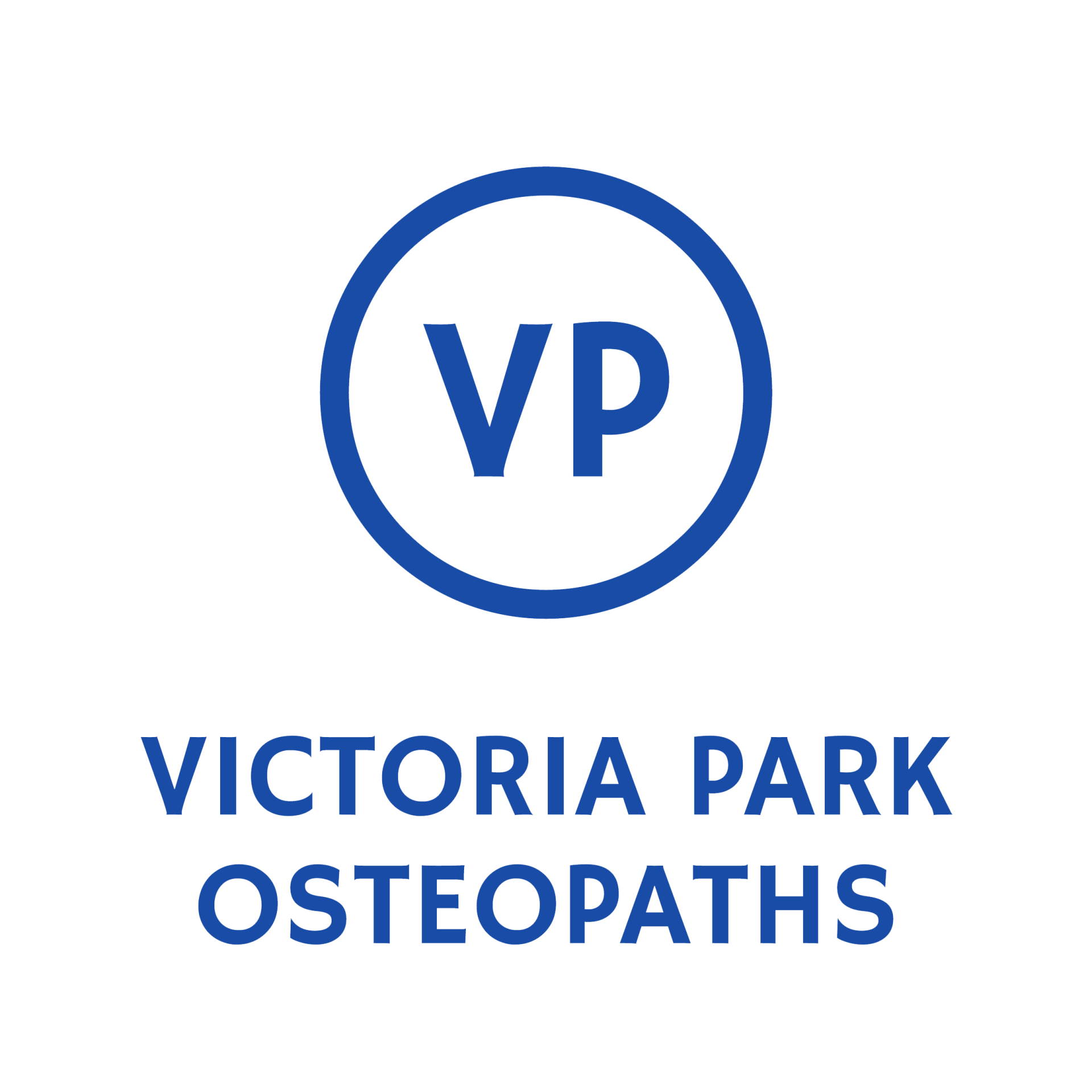What is Low Back Pain?
Low back pain is one of the most common musculoskeletal complaints and can affect people of any age. It refers to discomfort, stiffness, or pain in the lumbar region (the area between the lower ribs and the pelvis). Pain may be sudden (acute), persist for weeks (subacute), or continue long-term (chronic).
Low back pain can arise from joints, discs, muscles, ligaments, nerves, or a combination of these structures. For many people, it develops gradually through daily posture, work strain, prolonged sitting, or previous injury.
Symptoms & What You May Experience
People experience low back pain in different ways, but common features include:
- Aching, sharp, or dull pain in the lower back
- Stiffness or tightness, especially in the morning or after sitting
- Pain that may spread into the buttocks, hips, or thighs
- Difficulty bending, lifting, or twisting
- Muscle spasms or a feeling of “locking up”
- Discomfort when standing or sitting for too long
In some cases, pain can be linked with nerve irritation, causing pain or altered sensation down the leg (sciatica).
What causes Low Back Pain?
Low back pain can result from a range of factors, including:
- Strain or irritation of muscles and ligaments
- Joint dysfunction (e.g. facet joints or sacroiliac joints)
- Poor posture or prolonged sitting
- Repetitive lifting or bending
- Disc irritation or degeneration
- Previous injuries or trauma
- Stress and muscular tension
- Lack of movement or deconditioning
Often, several contributing factors are present at the same time.
How We Help (At Victoria Park Osteopaths)
Our approach is tailored to the individual and may include:
- Hands-on manual therapy: mobilisation or manipulation of joints to restore movement and reduce pain
- Soft tissue treatment: techniques to relieve tension in muscles, fascia and ligaments
- Exercise and rehabilitation: targeted strengthening, stretching, and mobility work to support the spine
- Postural and ergonomic advice: guidance for work, daily activities, and sleep positions
- Education and self-management strategies: helping you understand triggers and prevent flare-ups
- Adjunctive options (where indicated): dry needling, taping, or gentle acupuncture to assist recovery
Recovery Time & What to Expect
- Acute low back pain often improves significantly within a few weeks with appropriate treatment and movement guidance
- Persistent or recurrent pain may take longer and benefit from ongoing rehabilitation and lifestyle changes
- We help you address both the symptoms and the underlying contributing factors
- With the right support, most people can return to their usual activity and prevent future episodes
When to Seek Medical Review / Red Flags
You should seek urgent GP or specialist advice if any of the following occur:
- Severe or worsening pain with no clear cause
- Numbness or tingling in the legs, feet, or groin
- Loss of bladder or bowel control
- Unexplained weight loss or fever
- History of cancer, osteoporosis, or significant trauma
- Symptoms not improving after several weeks of treatment


